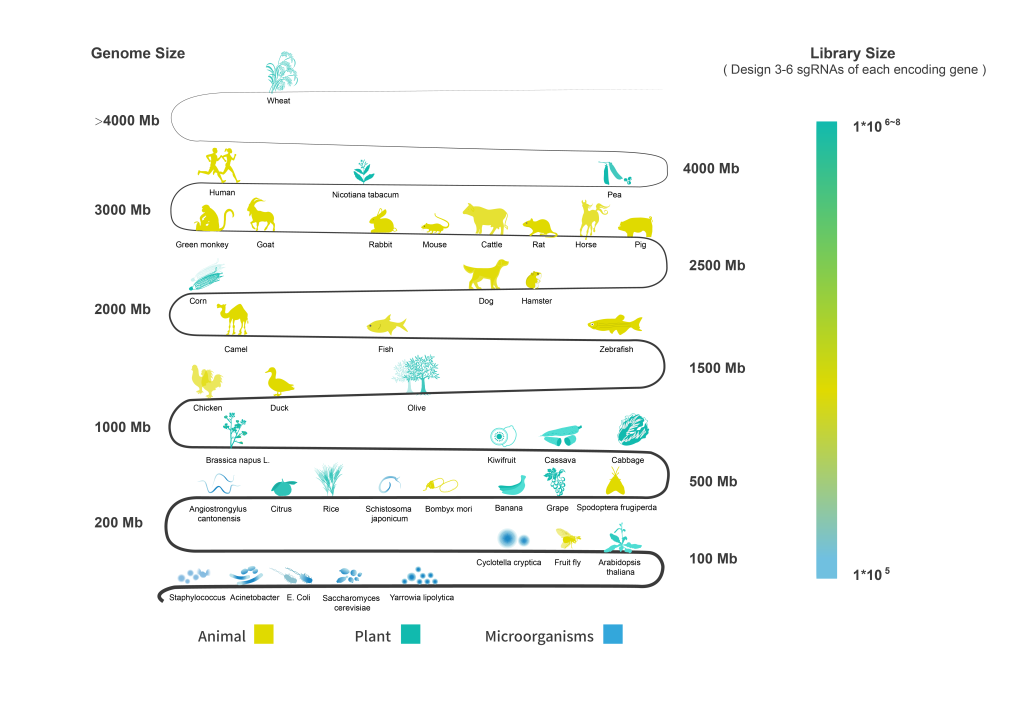As we navigate the complexities of modern agriculture and biotechnology, it becomes increasingly evident that innovative solutions are essential to address the unique challenges posed by arid environments. The introduction of design sgrna (single guide RNA) technology has emerged as a beacon of hope, offering unprecedented opportunities for genetic modifications tailored specifically to enhance resilience in these harsh climates. This article aims to explore the characteristics and implications of design sgrna within arid region markets.
The Role of Design sgRNA in Global Markets

Design sgRNA serves as a pivotal tool in gene editing, enabling precise modifications that can significantly improve crop performance and stress tolerance across various geographical landscapes. In regions characterized by limited water resources and extreme temperatures, such as arid areas, this technology holds particular promise. By facilitating targeted genetic alterations, design sgRNA can help develop crops that not only survive but thrive under challenging conditions prevalent in these markets.
Artificial DNA Synthesis and Its Prospects in Arid Areas
The arid regions are often marked by their dry climate, poor soil quality, and scarcity of water—factors that severely limit agricultural productivity. However, advancements like artificial dna synthesis present exciting prospects for enhancing food security through biotechnological interventions. By leveraging synthetic biology techniques alongside design sgRNA applications, we can engineer plants with improved drought resistance traits tailored specifically for these environments.
Characteristics of Synbio Applications in Arid Regions
Synthetic biology (Synbio) offers both advantages and disadvantages when applied to arid contexts. On one hand, Synbio enables the creation of genetically modified organisms capable of utilizing available resources more efficiently; thus improving yield despite environmental constraints. Conversely, ethical concerns regarding biodiversity loss and potential ecological impacts pose significant challenges to its widespread adoption. Balancing innovation with sustainability remains crucial as we advance our understanding of how best to implement these technologies responsibly.
Conclusion
In summary, design sgRNA represents a transformative approach within the context of arid regions’ agricultural markets. By harnessing its capabilities alongside artificial DNA synthesis techniques through synthetic biology frameworks, we have an opportunity not only to combat food insecurity but also to foster sustainable practices suited for some of our planet’s most challenging environments.


